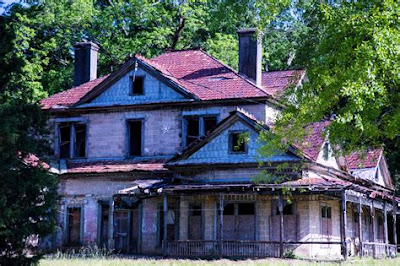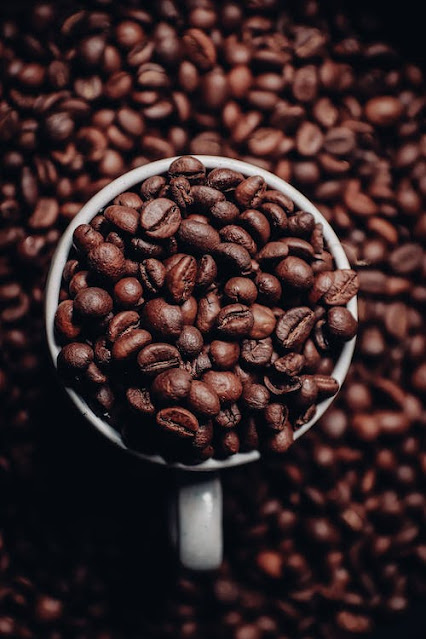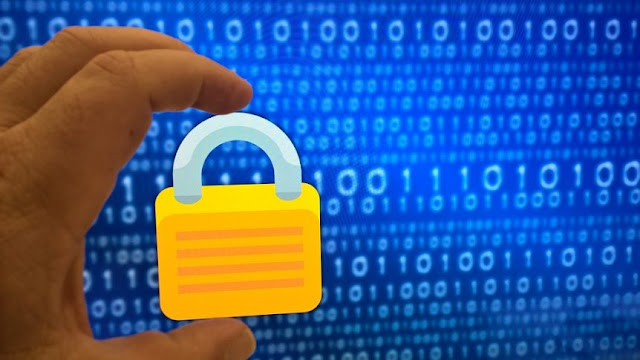![]() Subway, the popular sandwich company, was founded by Fred DeLuca and Dr. Peter Buck. The story of Subway began in 1965 when Fred DeLuca, a 17-year-old high school graduate, was looking for a way to pay for his college education. He had a simple idea to open a sandwich shop.
Subway, the popular sandwich company, was founded by Fred DeLuca and Dr. Peter Buck. The story of Subway began in 1965 when Fred DeLuca, a 17-year-old high school graduate, was looking for a way to pay for his college education. He had a simple idea to open a sandwich shop.
Fred approached Dr. Peter Buck, a family friend and physicist who happened to be his co-worker at a hardware store. He asked Dr. Buck for a loan of $1,000 to start his venture. Dr. Buck agreed to help and provided the financial support, with one condition: that the restaurant be a franchise business, as he had an interest in starting a franchise operation.
With the funding from Dr. Buck, Fred opened his first sandwich shop on August 28, 1965, in Bridgeport, Connecticut, USA. They named it "Pete's Super Submarines" initially, as a nod to Dr. Buck's name. The shop offered a variety of submarine sandwiches (subs) made to order with fresh ingredients.
Over time, the name was shortened to "Pete's Subs," and eventually, they settled on the name "Subway" in 1968. The name was inspired by the concept of serving submarine sandwiches and the idea of being an underground and efficient operation, like a subway train.
In 1974, Fred and Dr. Buck decided to franchise the Subway concept, offering others the opportunity to open their own Subway restaurants. This decision marked the beginning of Subway's rapid expansion, which soon spread across the United States and eventually internationally.
Subway's success can be attributed to its focus on providing customizable, made-to-order sandwiches with a wide variety of fresh ingredients. Their "Subway Sandwich Artist" concept, where customers can choose their bread, toppings, sauces, and condiments, has become a hallmark of the brand.
Subway operates thousands of restaurants worldwide and is one of the largest fast-food chains globally. While the company has faced its share of challenges and controversies over the years, its founding story of a simple sandwich shop turned international franchise is a testament to the power of entrepreneurship and innovation.






















